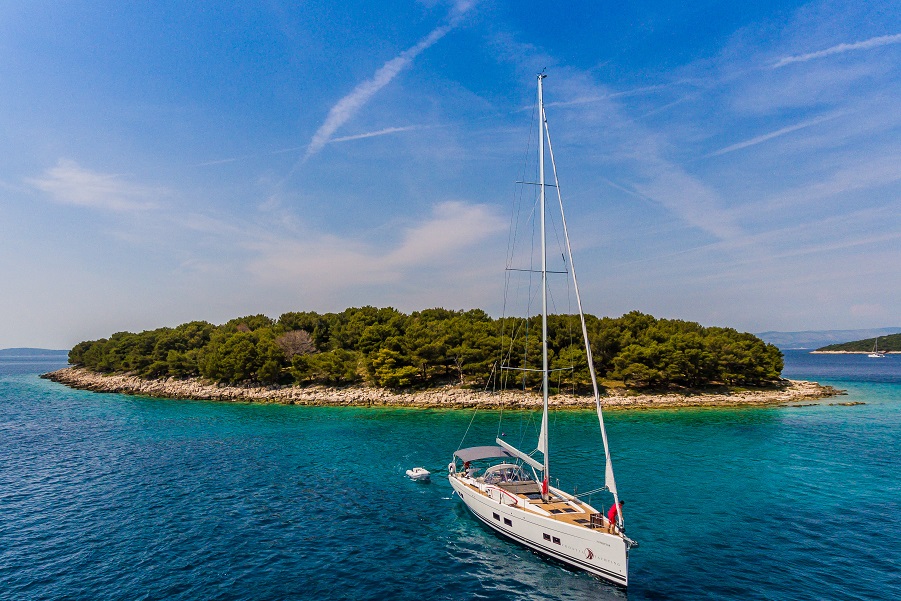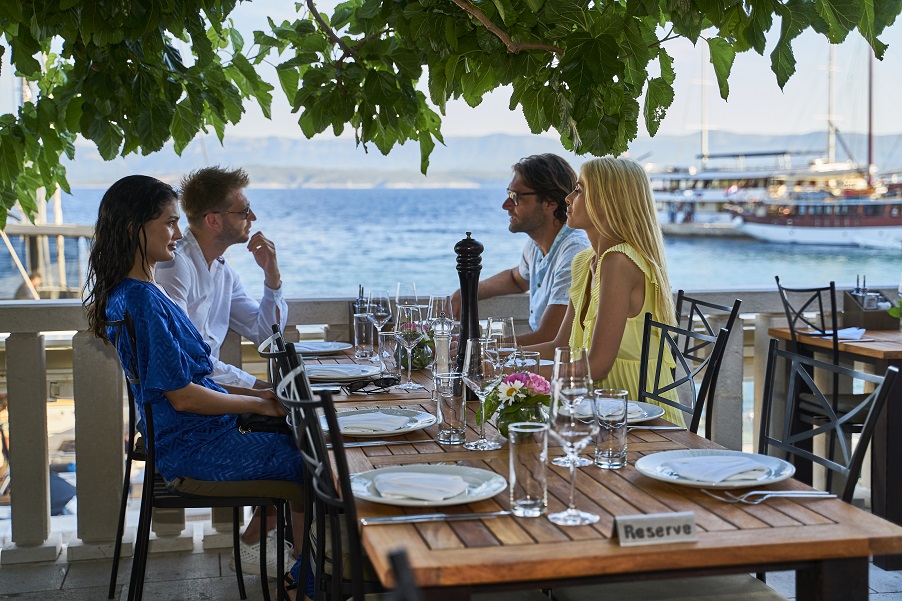UNESCO World Heritage Sites in Dalmatia: From Zadar to Dubrovnik

Table of Contents
UNESCO World Heritage Sites in Dalmatia are not uncommon, which isn’t so surprising in a region whose first recorded inhabitants were Illyrians before the Greeks settled in the 4th century. But even with such a vibrant historical past, it takes a bit more to be recognized by the wildly prestigious UNESCO.
Namely, UNESCO World Heritage Sites are chosen for their “outstanding universal value” with cultural and historical significance worthy of preservation for posterity. The United Nations Educational Scientific and Cultural Organization determines the location based on a grueling list of criteria - and if you’re lucky enough to make this list, it means you're one of the world’s most unique landmarks.
UNESCO World Heritage Sites in Dalmatia range from fortresses to defensive walls, Roman palaces to old town cores, and fertile plains to Croatia’s most important cathedrals. And in Dalmatia, all these historical sites are located near the coast.
Explore the UNESCO World Heritage Sites in Dalmatia
Zadar
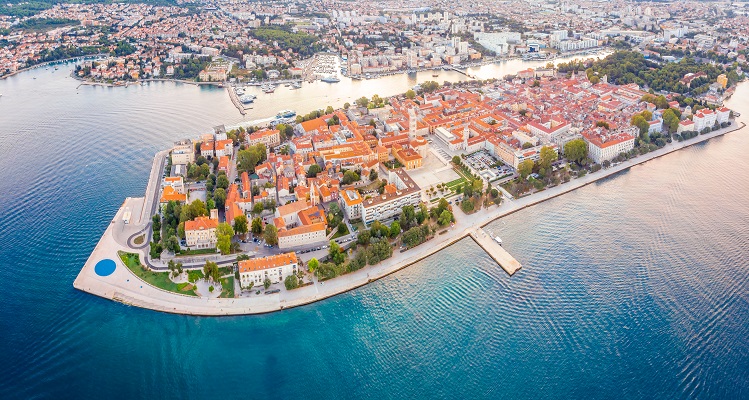
Let’s start from the top and introduce the first of the most impressive UNESCO World Heritage Sites in Dalmatia - Zadar. Zadar is a Croatian coastal town well-known for its Sea Organ and Greetings to the Sun monument, created by one of the country’s best-known academicians - Nikola Bašić. But those modern artworks have nothing on Zadar’s ancient architecture, which has been recognized by UNESCO.
Zadar’s famous city walls, called ‘Muraj’ by locals, were included in the UNESCO World Heritage list back in 2017. Built in the 12th and 13th centuries and revamped in the 16th century to defend against the Ottomans, these defensive walls were totally renewed in 2020. They even received an official name, or "Walls of Zadar Uprisings," paying tribute to the eleven uprisings led by Zadar citizens against the Venetian Republic.
Šibenik
It’s not every day you visit a city that carries UNESCO status, but there are only a handful of places in the world that boast two heritage sites - and one of them is in Croatia. Not only is Šibenik the only city in Croatia with two UNESCO World Heritage Sites, but it's one of few in the world, next to London, Berlin, Beijing, and New Delhi!
This Croatian coastal town is most famous for St. James Cathedral, an absolute gem of the Gothic-Renaissance period in Croatia and one of the most important architectural landmarks in Croatia from the Renaissance period. Construction began on this masterpiece in 1431 before concluding in 1535, engaging three architects (Francesco di Giacomo, Georgius Mathei Dalmaticus, and Niccolò di Giovanni Fiorentino) in its over 100-year construction. Dedicated to Saint James the Greater, this church was named a UNESCO World Heritage Site in 2000. It’s also the official catholic church of Croatia.
And then there is St. Nicholas’ Fortress, given UNESCO status back in 2017 as part of 'The Defence System of the Republic of Venice between the 16th and 17th Centuries'' nomination. This was the collective name given to six fortresses built by the Republic of Venice during this time. Constructed specifically to defend against the Ottomans, St. Nicholas’ Fortress sits on the left side of St. Anthony Channel on the island of Ljuljevac. It was designed by Venetian architect Hyeronimus di San Michaela and used by the military until 1979. Today, it is one of Šibenik’s favorite tourist attractions!
Trogir
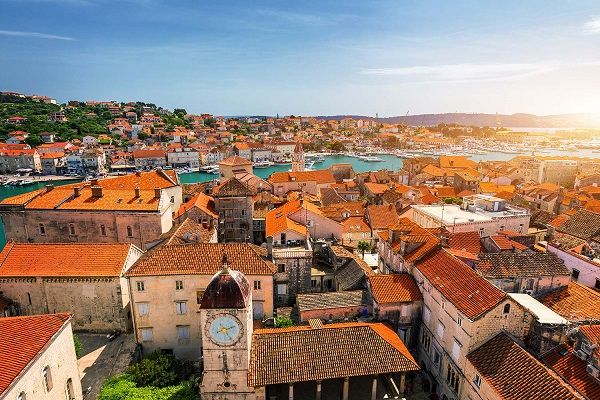
It’s also not every day that you get two UNESCO World Heritage sites just 30 minutes away from one another, but in Croatia, it’s an occurrence you’ll experience often. Meet the museum town of Trogir, proudly on the list of UNESCO World Heritage Sites since 1997. Located just six kilometers from Split Airport, it would be silly not to stop in Trogir if you’re flying in or staying in the Split area.
Trogir is an island settlement that dates back to the Hellenistic period, but its Romanesque, Renaissance, Gothic, and Baroque buildings from the Venetian era are what truly set Trogir apart. With minimum modern interventions, Trogir shines in its old glory, with many palaces, churches, towers, and fortresses that decorate its cobblestone streets. As a result, it’s known as one of the best-preserved Romanesque-Gothic complexes in Central Europe!
Split
There is so much to say about Split, Croatia’s second-largest city and the so-called capital Dalmatia, where central Dalmatian islands are just a boat ride away. However, Split’s UNESCO charm certainly sets it apart from the rest… its centerpiece is a 4th-century Roman palace, after all. In October 1979, UNESCO recognized Split’s unparalleled antiquity and how local life mixes with monuments over thousands of years old. Thus, the Roman Emperor Diocletian’s Palace, built in the 4th century and today one of the most preserved and complete Roman palace remains, and Split’s historic core, was awarded the prestigious UNESCO status.

Split has thrived as a living place for 17 centuries, though many say it was forgotten until Scottish architect Robert Adam rediscovered it in the 18th century. Today, Diocletian’s Palace and Split’s historic core are the heart of the city, with its narrow alleyways adorned by busy cafes, boutiques, and the aromas of restaurants serving local fare. From Peristyle to Romanesque churches, Gothic palaces to Egyptian sphinxes, and the breathtaking Vestibule to the tip top of Saint Domnius Cathedral, history consumes travelers visiting Split.
Stari Grad Plain
The 2400-year-old town of Stari Grad on Hvar Island stands out because of its 2400-year-old Greek system of agriculture. Set up by Greek colonists in the 4th century BC, this agricultural landscape is still used in its original form, from the layout to the crops, and is separated into parcels by dry stone walls. These dry stone walls are otherwise known as ‘chora’ and have seen uninterrupted agricultural activity for the last 24 centuries! Oh, and did we mention that this was all completed by the first rainwater recovery system using tanks and gutters?
Today, grapes and olives are the most prominent crops on this plain, though other fruits and vegetables thrive here, too. Considered the best-preserved cadastral division in the Mediterranean, UNESCO couldn't resist including it on its list back in 2008. Since its inclusion, the Stari Grad Plain has been managed by an agency in the town of Stari Grad, which helps preserve it and offers this UNESCO experience to tourists.
Dubrovnik
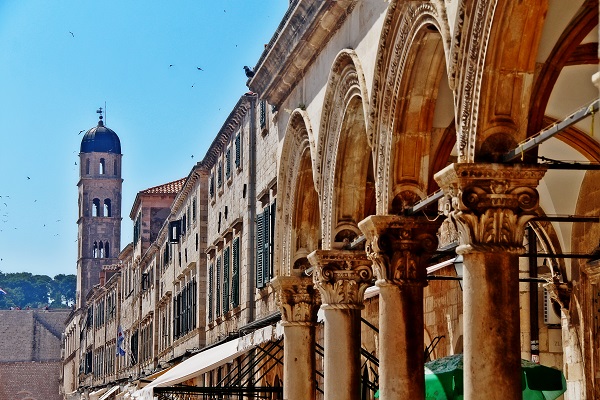
And finally, Dubrovnik, a Gothic, Renaissance, and Baroque dream wrapped in historic defensive walls. This town is so famous for its beauty, Romantic poet Lord Byron even named it the ‘Pearl of the Adriatic.’ And since its UNESCO inclusion in 1979, Dubrovnik hasn’t stopped turning heads.
Namely, Dubrovnik’s old town and 2-kilometer-long city walls have held UNESCO status for 43 years. It also doesn’t surprise us that this famous town welcomes over a million tourists annually because of its ancient attractions. From the central Stradun street to the Dubrovnik Cathedral, the 16th-century Sponza Palace to Rector’s Palace, first used in the 14th century, and many monasteries, squares, and monuments, Dubrovnik is arguably one of the most famous UNESCO World Heritage Sites in Dalmatia, if not the most famous. We know it isn’t too hard to see why.
Each site on this list represents outstanding cultural value, something the Croatian coast proudly offers at every turn. Will you explore the UNESCO World Heritage Sites in Dalmatia on your next charter with us?












